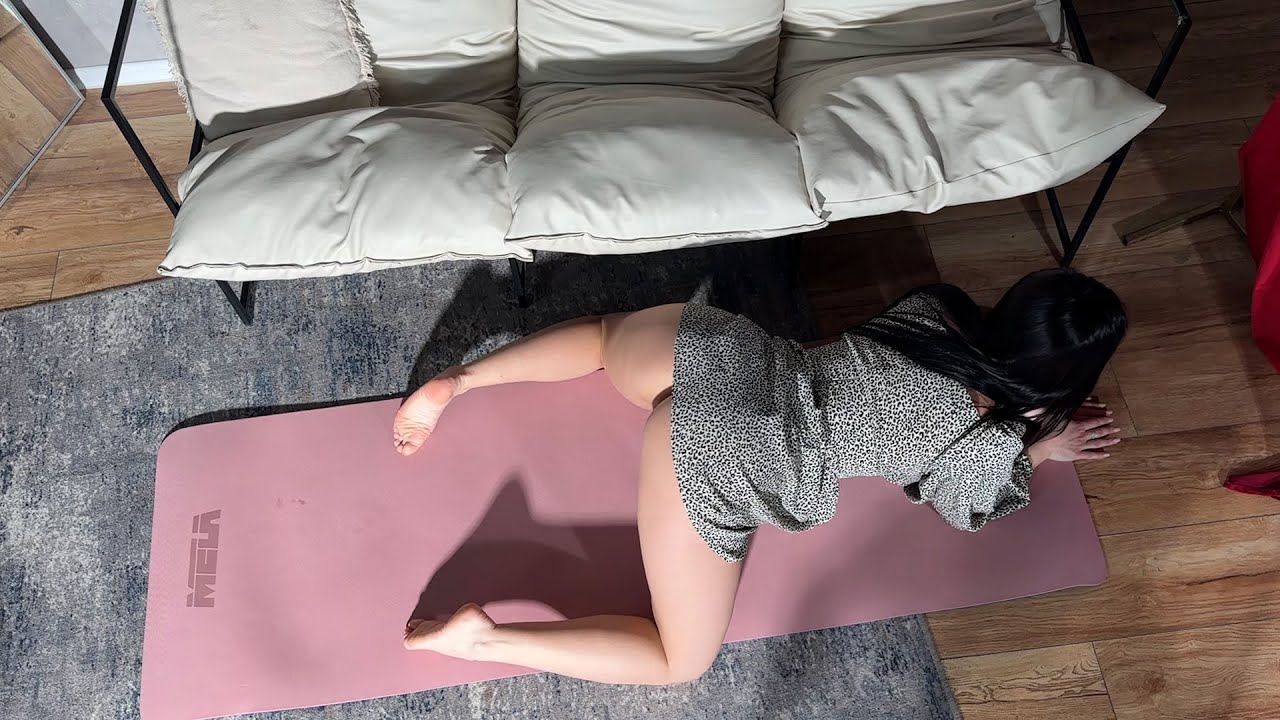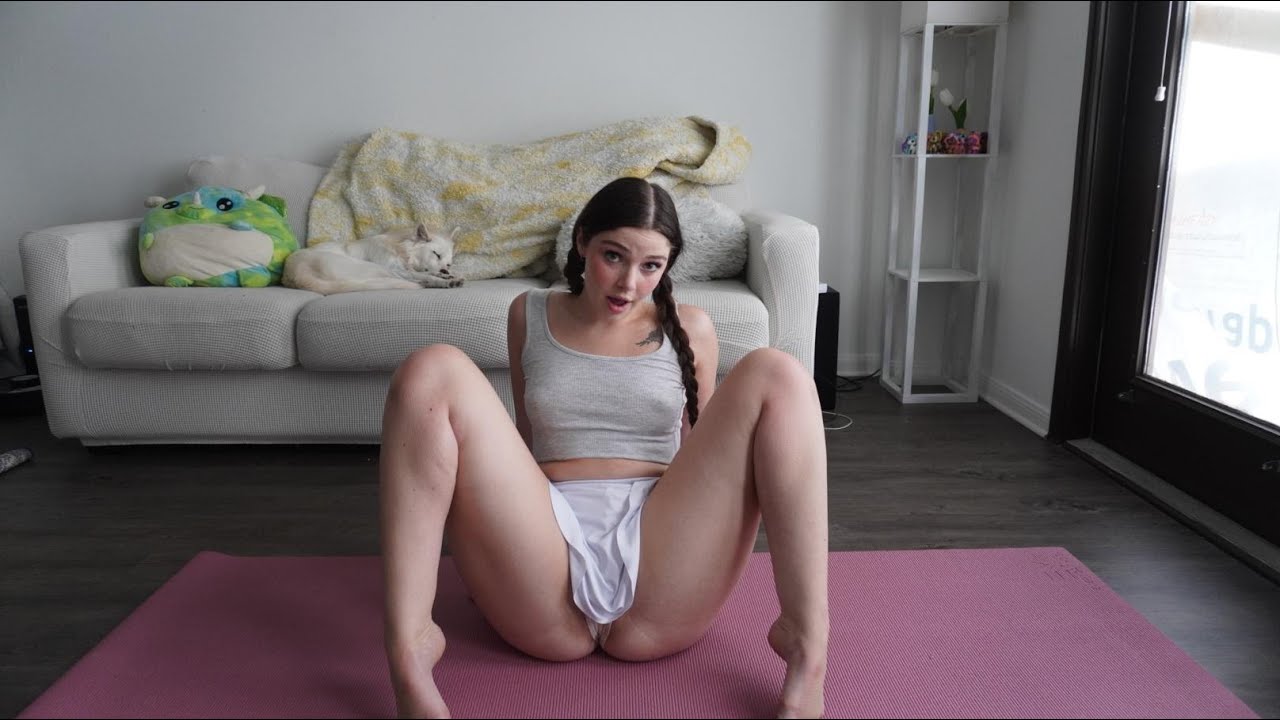
Stretching is a vital part of any fitness routine. It enhances flexibility, improves posture, reduces the risk of injury, and increases blood flow to the muscles. Stretching the legs is particularly important for both athletes and anyone leading a sedentary lifestyle, as it promotes better mobility, reduces tightness, and can alleviate discomfort in the lower back and hips.
This article will guide you through a leg-stretching workout designed to target the major muscles of the legs, including the hamstrings, quadriceps, calves, and hip flexors. It will also provide tips on how to perform each stretch safely and effectively.
Why Stretching Your Legs is Important
- Improves flexibility: Regular leg stretching helps increase the range of motion in your joints.
- Reduces muscle stiffness: Stretching reduces tightness in the muscles, which can lead to better posture and reduced pain.
- Prevents injuries: Stretching helps keep muscles supple, reducing the risk of strains and tears during exercise.
- Enhances circulation: Stretching increases blood flow to the muscles, which can aid in recovery after a workout.
When to Stretch
You can incorporate leg stretches into your routine before and after workouts, or as part of a standalone flexibility session. Keep in mind:
- Before exercise: Use dynamic stretches (active movements) to warm up your muscles and prepare your body for more intense activity.
- After exercise: Use static stretches (holding a position for 20-30 seconds) to cool down and improve flexibility.
- Daily: Stretching every day, even on non-workout days, can help maintain flexibility and prevent tightness.
The Best Leg Stretches
Here’s a simple leg-stretching workout you can do to target all the key muscles in your lower body:
1. Standing Quad Stretch
Target muscles: Quadriceps (front of the thigh)
- Stand tall with your feet together.
- Bend your right knee and bring your heel toward your buttocks.
- Grasp your right ankle with your right hand, keeping your knees together.
- Hold for 20-30 seconds, then switch sides.
Tip: Keep your chest lifted and avoid arching your lower back.
2. Hamstring Stretch (Seated Forward Bend)
Target muscles: Hamstrings (back of the thigh)
- Sit on the floor with both legs extended straight in front of you.
- Slowly lean forward from your hips, reaching toward your toes.
- Keep your back flat, and try not to round your shoulders.
- Hold for 20-30 seconds.
Tip: If you can’t reach your toes, simply reach as far as you can without forcing it.
3. Calf Stretch (Standing Wall Stretch)
Target muscles: Calves (back of the lower leg)
- Stand facing a wall, with one foot forward and the other foot back.
- Keep your back leg straight, and press your heel into the ground.
- Bend your front knee slightly, leaning forward toward the wall until you feel a stretch in your back calf.
- Hold for 20-30 seconds, then switch legs.
Tip: Make sure your back foot is pointing straight ahead, and your heel stays grounded.
4. Hip Flexor Stretch (Kneeling Lunge)
Target muscles: Hip flexors (front of the hips)
- Start in a kneeling position, with one foot forward and your knee bent at a 90-degree angle.
- Keep your back knee on the ground.
- Shift your weight forward into your front leg, stretching the hip flexor of the back leg.
- Hold for 20-30 seconds, then switch sides.
Tip: Engage your core to prevent arching your lower back.
5. Figure Four Stretch
Target muscles: Glutes (buttocks) and hips
- Lie on your back with both feet flat on the floor and knees bent.
- Cross your right ankle over your left knee, forming a figure four.
- Reach behind your left thigh and pull it toward your chest, feeling a stretch in your right hip and glute.
- Hold for 20-30 seconds, then switch sides.
Tip: Keep your lower back pressed against the floor to avoid unnecessary strain.
6. Butterfly Stretch
Target muscles: Inner thighs (adductors)
- Sit on the floor with your knees bent and feet together.
- Let your knees fall out to the sides, bringing the soles of your feet together.
- Hold your feet with your hands and gently press your knees toward the floor.
- Hold for 20-30 seconds.
Tip: Keep your back straight and avoid rounding your shoulders.
Safety Tips for Stretching
- Warm up first: Always warm up your muscles with light activity, such as walking or cycling, before stretching to avoid injury.
- Don’t bounce: Bouncing while stretching (called ballistic stretching) can lead to muscle strains. Always use slow, controlled movements.
- Listen to your body: Stretch to the point of mild tension, not pain. If something hurts, ease off the stretch.
- Breathe: Remember to breathe deeply and steadily as you stretch. This helps relax your muscles and increases the effectiveness of the stretch.
Conclusion
Incorporating regular leg stretches into your fitness routine can help enhance your performance, prevent injuries, and improve overall flexibility. Whether you’re a runner, a cyclist, or simply want to maintain a healthy body, stretching your legs is essential for mobility and longevity. Remember to stay consistent, be patient with your progress, and enjoy the benefits of a flexible and pain-free lower body!



